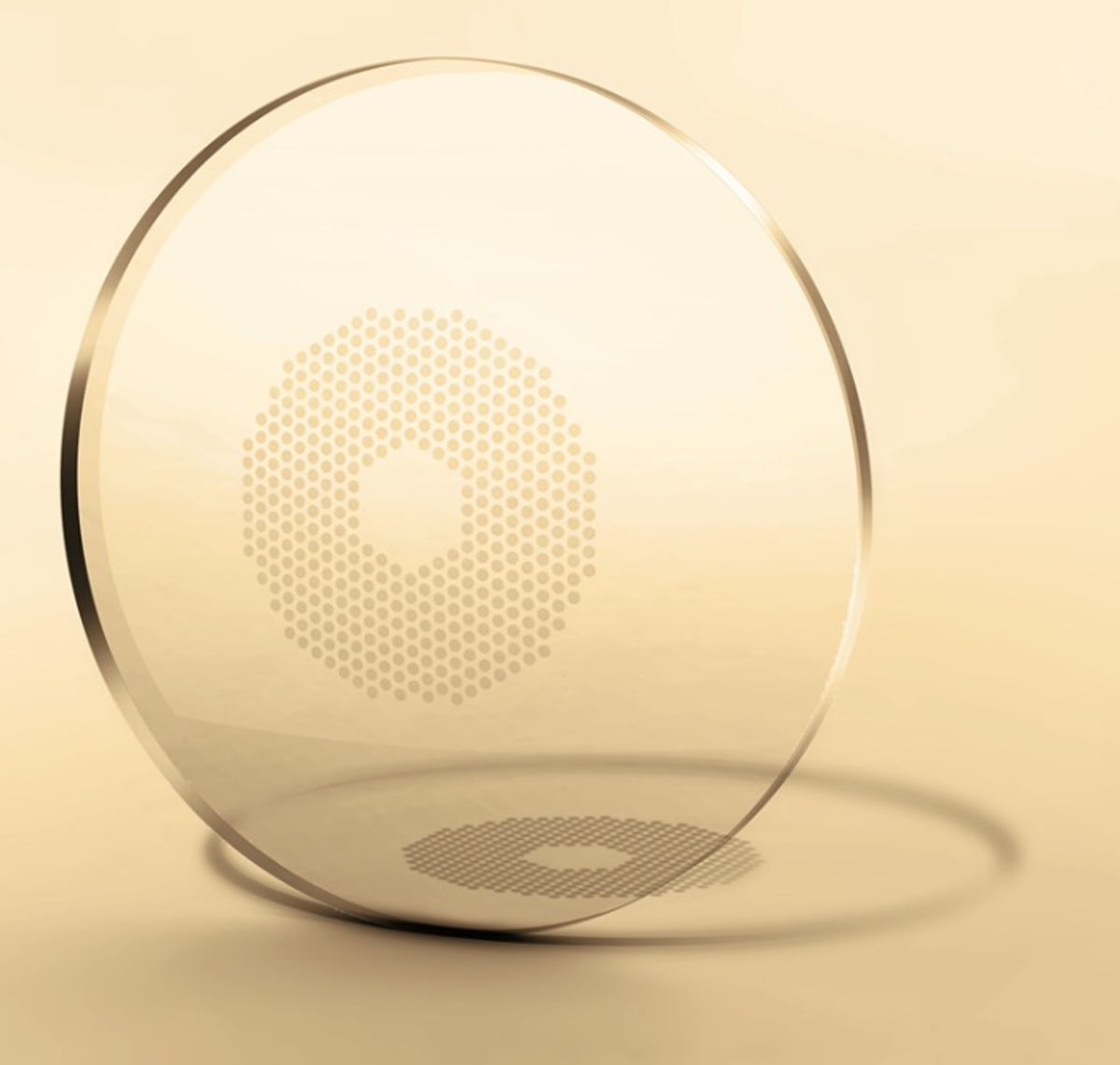
MiYOSMART
The MiYOSMART spectacle lens can be considered as a first-line treatment for simultaneous myopic correction and myopia control, with a two-year randomized controlled trial showing robust efficacy and acceptance in children. Data for up to six years of wear in children has been published. It can be considered as one of the best available myopia control spectacle lens designs, being superior to progressive addition and bifocal lenses.
Visit the MiYOSMART website.
MiYOSMART Information
Product disclaimer
MiYOSMART has not been approved for myopia management in all countries, including the U.S., and is not currently available for sale in all countries, including the U.S.
Articles on MiYOSMART.
HOYA resources

Summary of all MiYOSMART studies
Learn more about the MiYOSMART lens as an innovative and evidence-based option for myopia management, with links to the 2-year and 3-year published studies and 6-year data. Further studies on adaptation, visual function, optics and even combination with atropine via this link.
